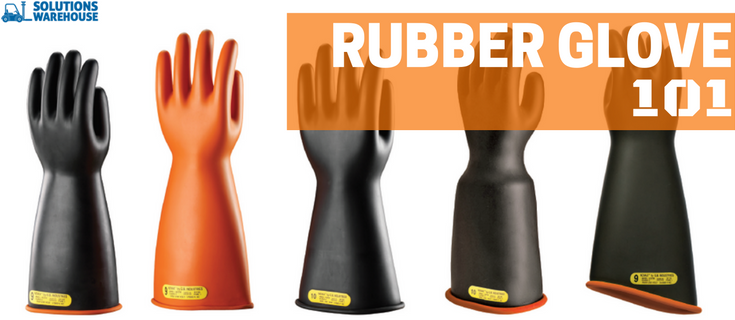 Rubber gloves are imperative to electrical safety. There are a lot of factors to consider when selecting the correct glove for your application, as well as many standards and compliance factors your gloves must meet.
Rubber gloves are imperative to electrical safety. There are a lot of factors to consider when selecting the correct glove for your application, as well as many standards and compliance factors your gloves must meet.
Product Design Features
It is ideal for the natural rubber raw material is kept in its natural aqueous state, as opposed to the solvent dip process used by other manufacturers which uses extensive amounts of volatile organic compounds (VOC’s).
- Ergonomic Design
- The hand must beat a natural rest position: The wrist is straight, not cocked back at an unnatural 30-degree angle.
- Fingers should be aligned in a natural position, not spread out.
- Fingers are slightly curved forward.
- Appropriate cuff flare
- Improves air flow and comfort in warmer climates.
- Exceed ASTM D120 requirements
- Physical test results
- Electrical test results
Selecting a Glove
In order to determine which glove to use, you should first determine the maximum voltage that you will be exposed to during your work. Once you have determined the risk, you can use the chart below to determine the appropriate class of glove that will provide you the protection required to complete your job safely. Each class of gloves is clearly marked with the maximum use voltage on the permanent color coded label.
| Class of Equipment | Maximum Use Voltage (AC) | Proof Tested (VAC) | Proof Tested (VDC) |
| 00 | 500 | 2,500 | 10,000 |
| 0 | 1,000 | 5,000 | 20,000 |
| 1 | 7,500 | 10,000 | 40,000 |
| 2 | 17,000 | 20,000 | 50,000 |
| 3 | 26,500 | 30,000 | 60,000 |
| 4 | 36,000 | 40,000 | 70,000 |
 ASTM D120 section 8.2 provides the measurements of the diameter of the palm for manufacturers, measured at the midpoint of the palm, plus or minus 1/2″. Measure your hand by wrapping the tape all the way around your palm at the point shown to the left. This would equate to the probable size of the glove to select. Personal preference for tightness and finger length will ultimately determine the size that you are most comfortable wearing.
ASTM D120 section 8.2 provides the measurements of the diameter of the palm for manufacturers, measured at the midpoint of the palm, plus or minus 1/2″. Measure your hand by wrapping the tape all the way around your palm at the point shown to the left. This would equate to the probable size of the glove to select. Personal preference for tightness and finger length will ultimately determine the size that you are most comfortable wearing.
Leather Protectors
Leather protectors should always be worn with rubber insulating gloves. Leather protectors are sized to be worn in the same size rubber insulating glove. Under most circumstances, leather protectors should be worn, unless the dexterity required to perform the task requires that rubber insulating gloves are worn alone. OSHA has specific requirements associated with the use of protectors and the end-user is responsible for making sure they are in compliance. It is important to remember the leather protector alone does not provide any electrical insulating protection.
Testing
You have 12 months from the test date to put the new gloves into service. New (gloves that have never been issued for use) may be retested and the user has 12 months from the new date to put them into service. There are two standards that prescribe test intervals: OSHA 1910.137 states that gloves must be electrically tested before first issue and every six months thereafter. OSHA 1910.268 states that natural rubber insulating gloves must be electrically tested before the first issue, twelve months after first use, and every 9 months thereafter. Any un-issued glove that has not been tested within twelve months must be re-tested before use.
Cleaning and Storage
Wash your rubber insulating gloves in warm water (85°F) with mild detergent. Disinfect with a small amount of bleach. Air or tumble dry at low heat (165°F). Gloves may be dusted lightly with talc to reduce tackiness. Gloves should be stored in a glove bag, fingertips up hung and not laid flat. Leather protectors should be removed before storage. Never fold the gloves. Store in as dry and cool (95°F maximum) location as possible, away from sources of ozone and direct sunlight. For more information on rubber glove selection and safety, contact your CBT specialist today.












